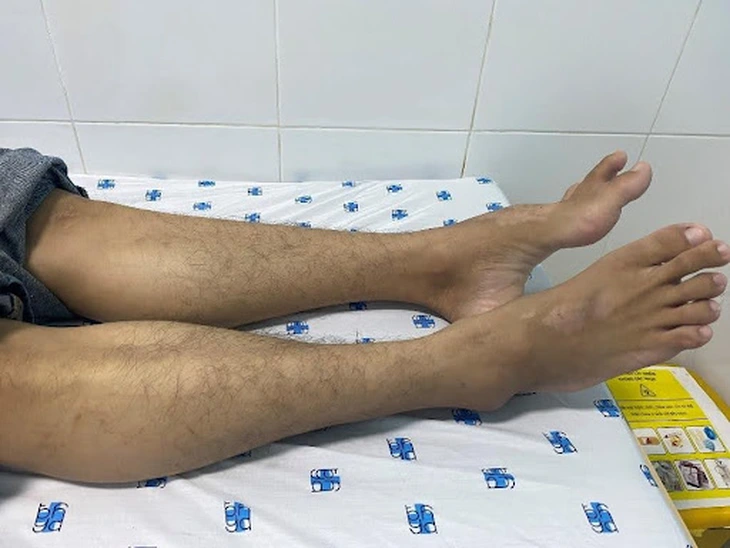
The patient's leg was deformed, and many medical facilities examined him but could not determine the exact disease - Photo: BVCC
According to information from the University of Medicine and Pharmacy Hospital (HCMC), a young man (26 years old) came for examination and was hospitalized with numbness and weakness in both lower limbs, difficulty lifting his feet, difficulty walking, and an inability to perform delicate movements such as buttoning his shirt.
In addition, the patient also has deformed feet with high arches, hammer toes, muscle atrophy in the calves and feet on both sides, muscle atrophy in both hands, and loss of tendon reflexes in the limbs. These are symptoms that have gradually progressed over the past 2 years. Previously, the patient had been examined in many places but the disease was not clearly identified.
After a thorough examination, combined with necessary paraclinical tests and a family history of foot deformities, doctors diagnosed this person with Charcot-Marie-Tooth disease (CMT), a chronic progressive genetic disease.
After that, the patient is treated with a combination of Eastern and Western medicine: intensive rehabilitation exercises, traditional medicine to improve blood circulation, and nourish muscles and tendons. In addition, acupuncture, hydroacupuncture, and acupressure massage are also used to restore motor function.
After a period of treatment and compliance with a suitable diet, rest and lifestyle, the patient's numbness decreased, muscle strength increased, he could lift his legs higher, he could do activities on his own, and his hands could perform sophisticated movements...
What is Charcot-Marie-Tooth disease?
Dr. Lam Nguyen Thuy An - Department of Traditional Medicine, University of Medicine and Pharmacy Hospital, Ho Chi Minh City - said that Charcot-Marie-Tooth (CMT) is one of the hereditary peripheral neuropathies, mainly affecting movement and sensation in the limbs, especially the lower limbs.
The disease has symptoms including:
- Weakness and atrophy of the muscles in the calves and feet (creating a “stork leg” appearance).
- Difficulty walking, easy to stumble.
- Sensory disturbances such as numbness or loss of sensation in the toes or fingers.
- Deformities of the feet (high arches, curled toes) or hands.
CMT progresses slowly and there is no cure, but thanks to early detection and timely rehabilitation intervention, patients will maintain mobility, independence in daily activities, and improve quality of life.
The disease has a diverse genetic mechanism, which can be dominant, recessive or sex-linked, so genetic testing is an extremely important tool.
This not only screens risks for blood relatives but also plays an important role in pre-marital and childbearing counseling, ensuring the health of the next generation.
Source: https://tuoitre.vn/te-yeu-chi-duoi-lau-ngay-co-the-la-bieu-hien-cua-benh-hiem-20250419131912648.htm


![[Photo] Panorama of the Opening Ceremony of the 43rd Nhan Dan Newspaper National Table Tennis Championship](https://vphoto.vietnam.vn/thumb/1200x675/vietnam/resource/IMAGE/2025/5/19/5e22950340b941309280448198bcf1d9)


![[Photo] Vietnamese shipbuilding with the aspiration to reach out to the ocean](https://vphoto.vietnam.vn/thumb/1200x675/vietnam/resource/IMAGE/2025/5/20/24ecf0ba837b4c2a8b73853b45e40aa7)






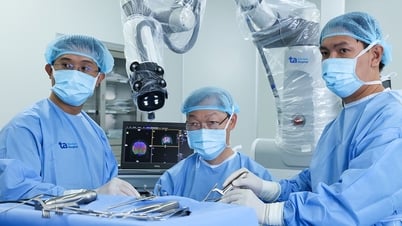

![[Video] Hanoi proactively implements measures to prevent and combat summer diseases](https://vphoto.vietnam.vn/thumb/402x226/vietnam/resource/IMAGE/2025/5/20/262ca87643ef4b8e88ae1006cbbf3b0f)












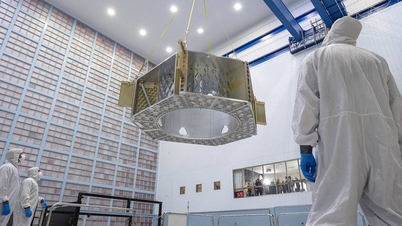
![[Photo] Close-up of Tang Long Bridge, Thu Duc City after repairing rutting](https://vphoto.vietnam.vn/thumb/1200x675/vietnam/resource/IMAGE/2025/5/19/086736d9d11f43198f5bd8d78df9bd41)





























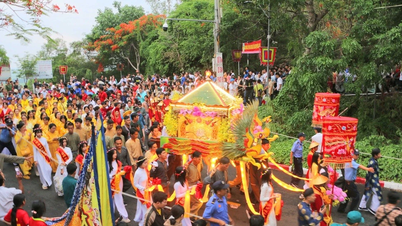






















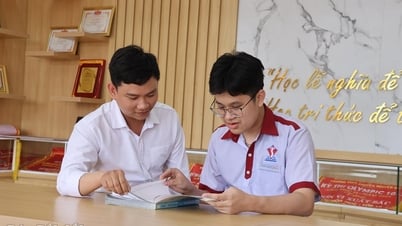







![[VIDEO] - Enhancing the value of Quang Nam OCOP products through trade connections](https://vphoto.vietnam.vn/thumb/402x226/vietnam/resource/IMAGE/2025/5/17/5be5b5fff1f14914986fad159097a677)


Comment (0)